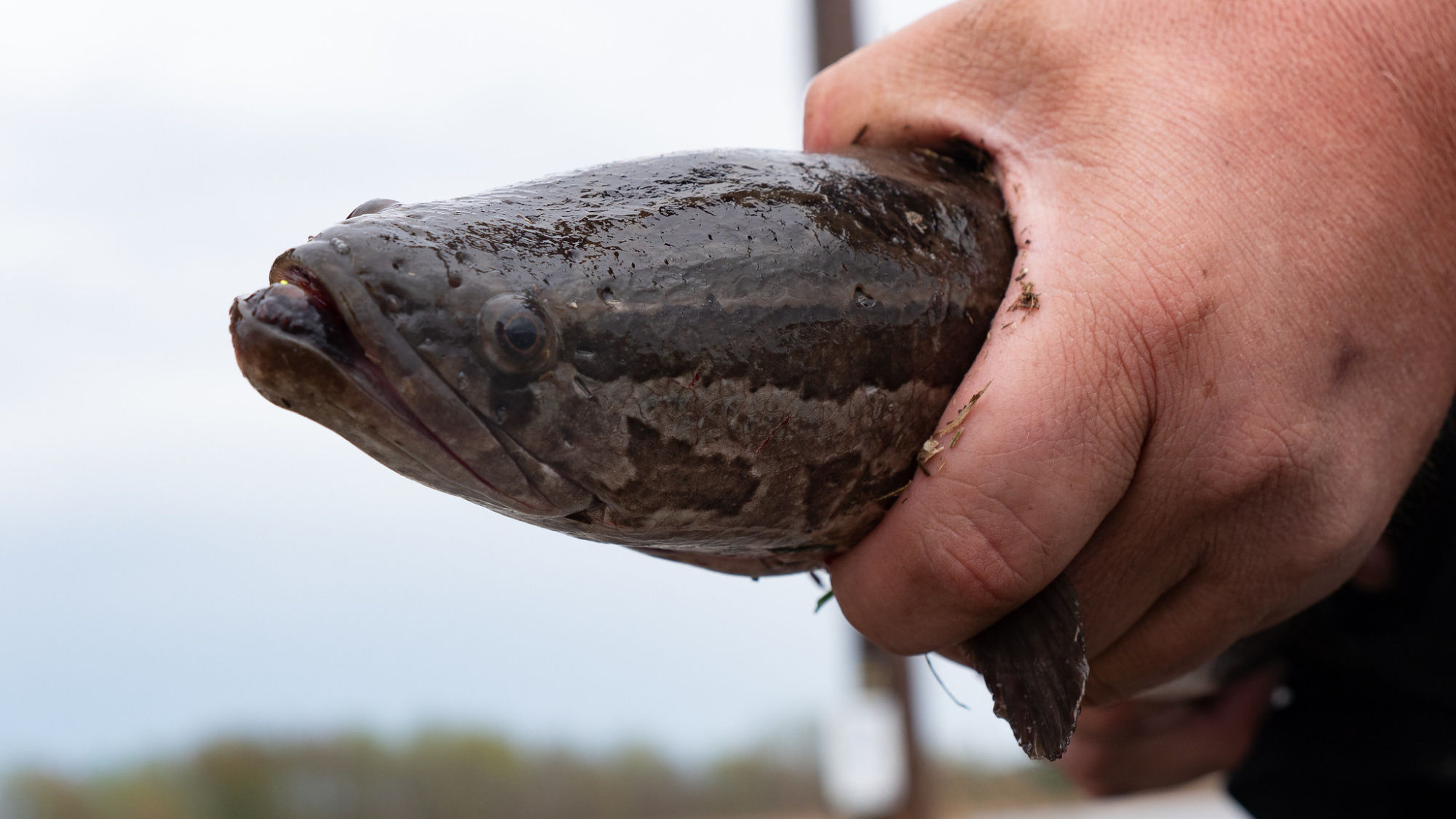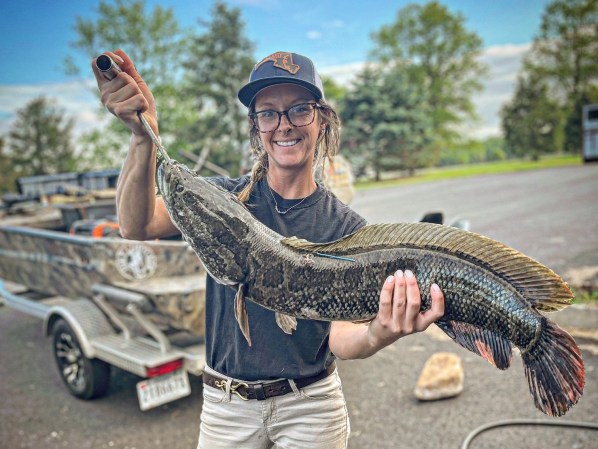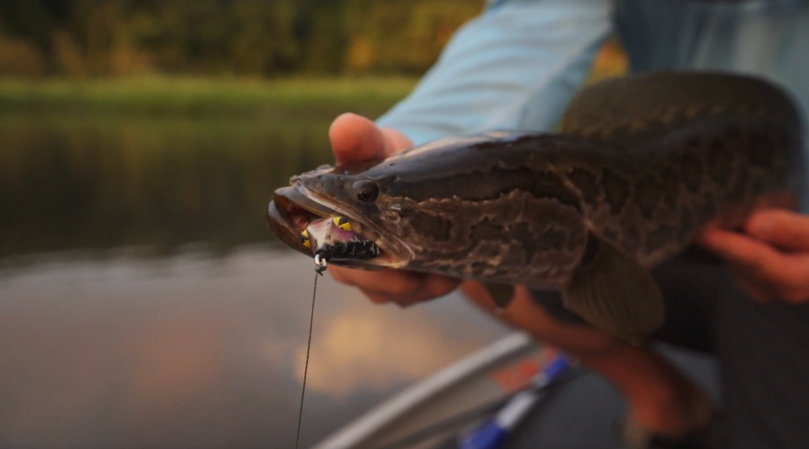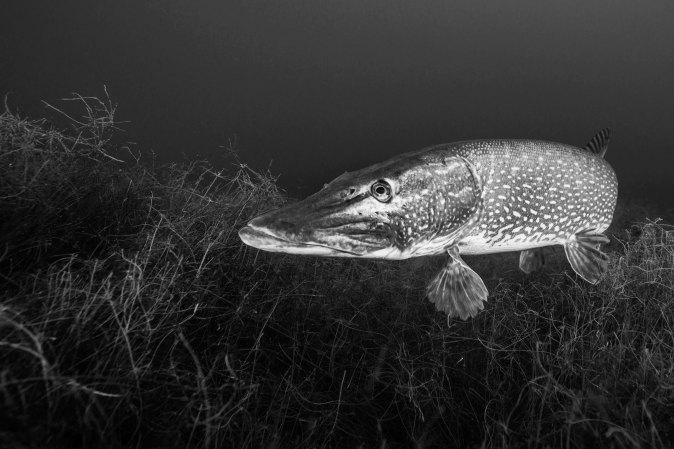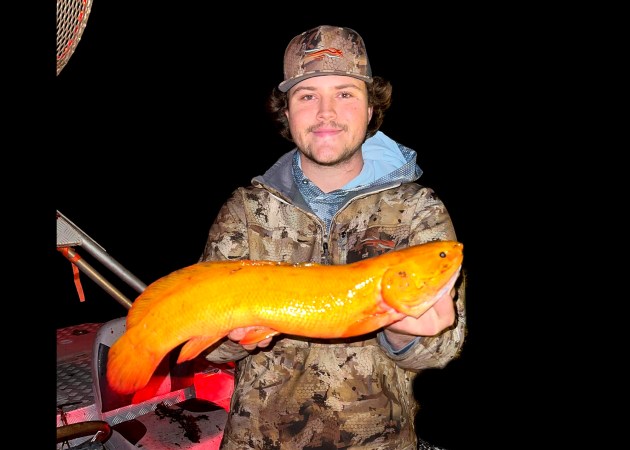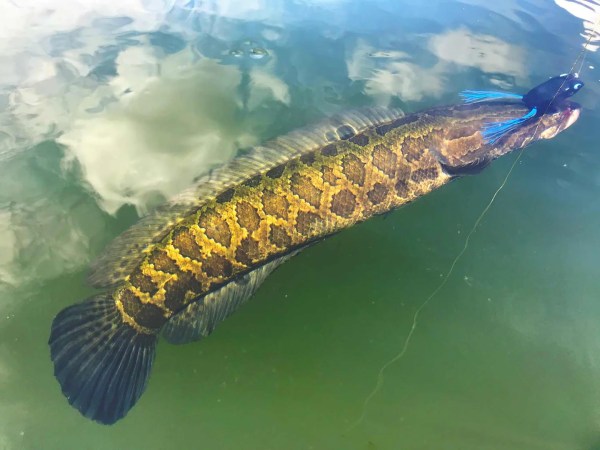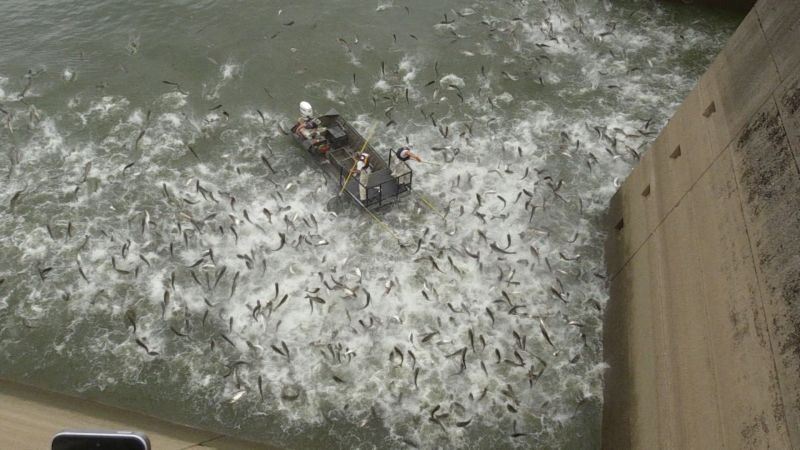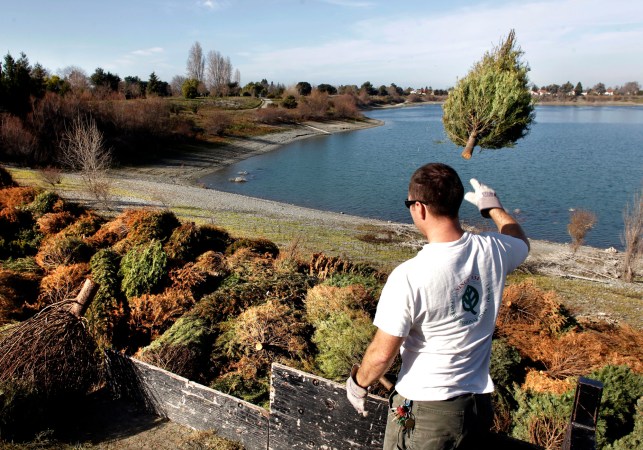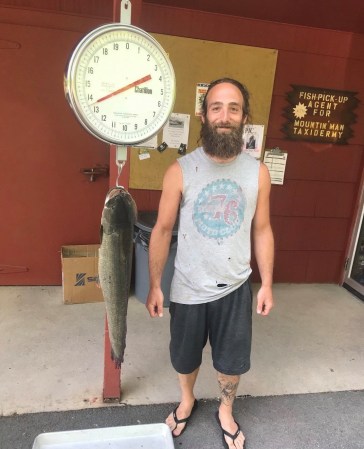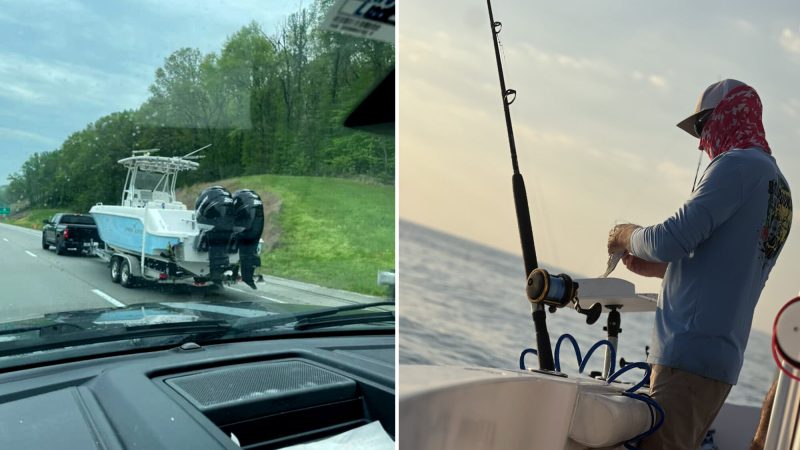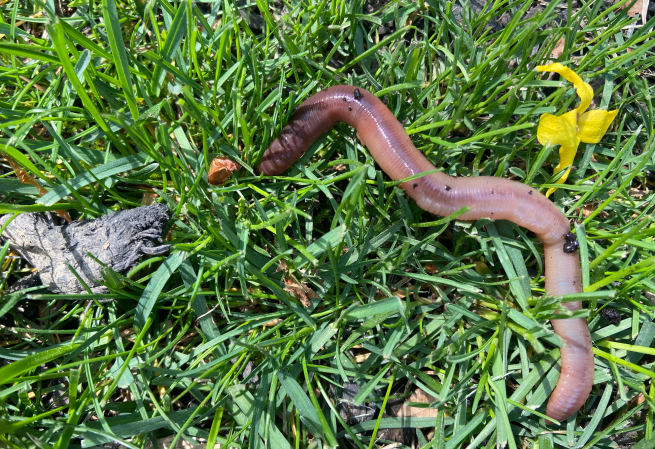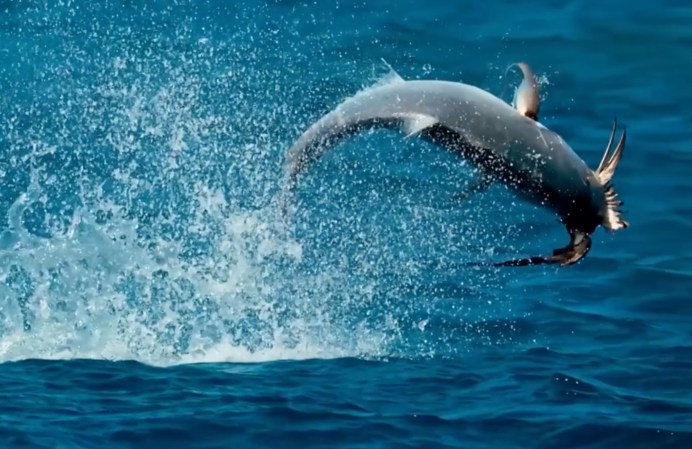This month the Missouri Department of Conservation announced that an angler had caught the state’s second northern snakehead while seining for bait at the Duck Creek Conservation Area in Puxico. For two days following the catch, which occurred on May 19, MDC staff searched the conservation area and adjacent Mingo National Wildlife Refuge high and low for more snakeheads, but didn’t find any. Biologists expect the small population to continue spreading through the St. Francis River watershed.
Read Next: Watch This Brown Bear Charge Tourists in Alaska
That’s a big problem, even though anglers have adopted them as a favorite game fish and culinary treat. As with any invasive species, the northern snakehead threatens to strain the habitat and food sources that support St. Francis’ robust fishery full of native bass, walleye, pike, crappie, and lake trout. Juvenile northern snakehead feed on zooplankton, but their appetites grow to accommodate crustaceans, aquatic insects, snails, and small fish. By the time they’re fully mature, they mostly subsist on other fish, but will also prey on frog, small bird, or small mammal.
Northern snakeheads are native to eastern Asia and likely ended up in North American waters through the aquaculture or culinary trades. Perhaps their most chilling feature is their capacity to survive conditions that other fish can’t. Muddy, stagnant waters make for their habitat of choice. They can live up to three days outside of water by breathing atmospheric air. They can even wriggle across land to reach other bodies of water. Few species are more efficient reproducers: northern snakehead can breed up to five times a year and lay as many as 50,000 eggs at a time.
All of these factors make them a textbook invasive species. So when one was discovered in eastern Arkansas in 2008, biologists shook their heads.
“Unfortunately, it was only a matter of time before we saw this species continue to spread in Missouri,” MDC fisheries biologist Dave Knuth said in the press release. Sure enough, Missouri’s first snakehead showed up in a ditch near the St. Francis River in April 2019 along the Arkansas border.
Read Next: How to Catch Snakeheads
The recommended protocol for the lucky angler who catches a northern snakehead involves a few steps. First, MDC asks that you ensure the fish is a northern snakehead and not a native bowfin, as the two resemble each other. (Look for the bowfin’s telltale black spot on the base of the tail and short anal fin.) Second, whatever you do, don’t release the snakehead or leave it on land. It will survive and likely make its way back to water again. The agency recommends photographing and reporting the snakehead before killing it—either by beheading it or gutting it.

